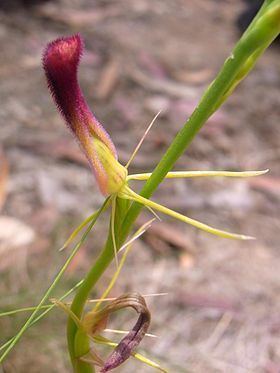Kingdom Plantae Subfamily Orchidoideae Subtribe Cryptostylidinae Order Asparagales | Family Orchidaceae Tribe Diurideae Rank Genus | |
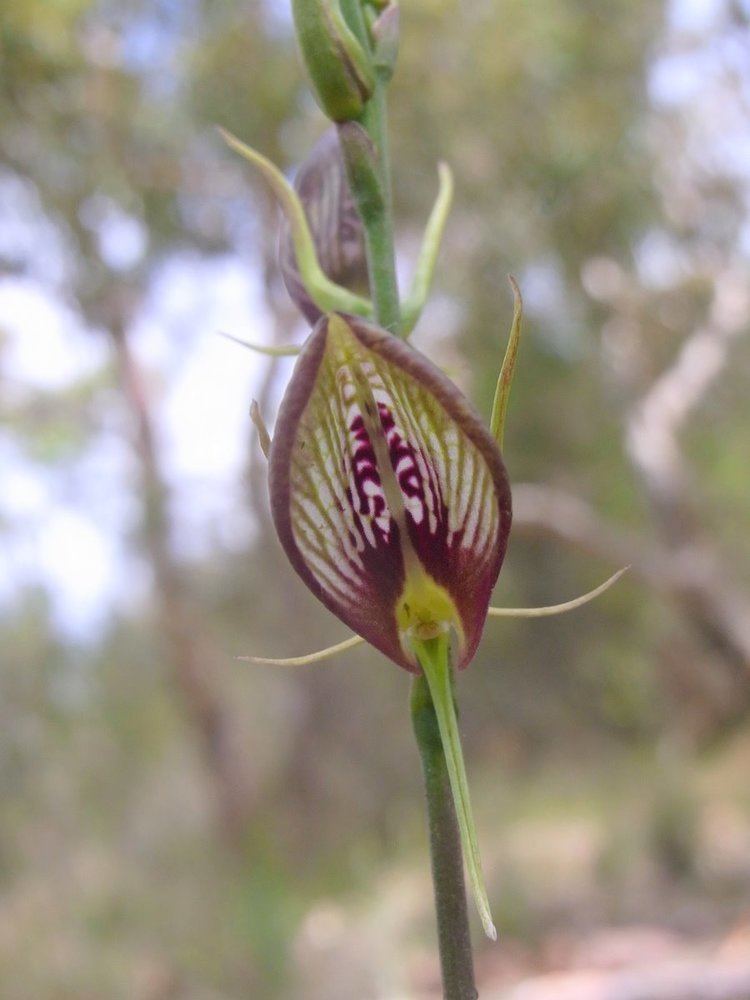 | ||
Similar Cryptostylis subulata, Chiloglottis, Calochilus, Diuris, Microtis | ||
Time lapse illustration of a cryptostylis orchid drawn by alastair robinson
Cryptostylis, commonly known as the tongue orchid, is a genus of flowering plants from the orchid family, Orchidaceae. It was first defined by the prolific Scottish botanist, Robert Brown in 1810. The type species has since been designated as Cryptostylis erecta. Other species include Cryptostylis hunteriana and Cryptostylis subulata. Molecular study of their DNA shows the genus lies within the tribe Diurideae within the orchid family, having previously considered part of the Cranichideae. Together with the genus Coilochilus they make up the subtribe Cryptostylidinae.
Contents
- Time lapse illustration of a cryptostylis orchid drawn by alastair robinson
- Caladan brood echoes of battle full album w bonus tracks
- Species
- References
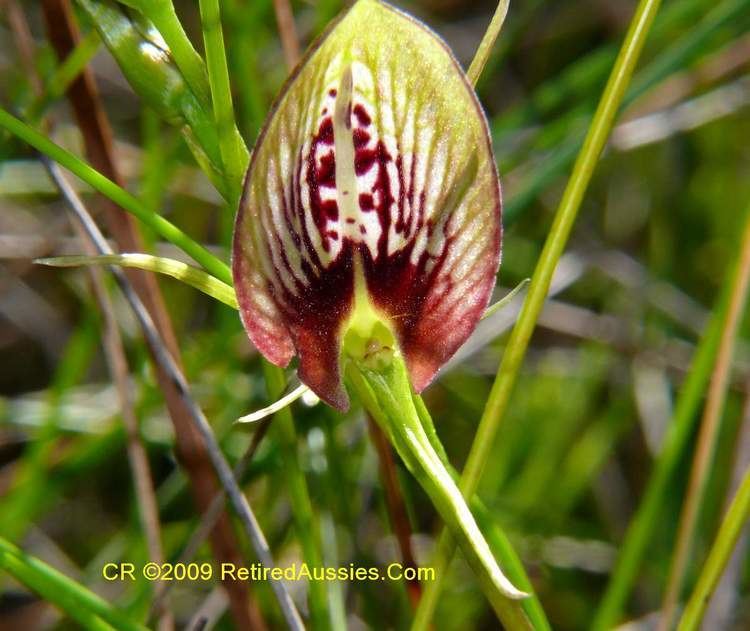
The genus comprises around twenty five species of terrestrial orchid distributed from southern Asia (specifically India and Sri Lanka) Thailand, Malaysia down through Indonesia and into Australia and New Zealand, as well as Samoa, New Caledonia, Vanuatu, the Philippines and Taiwan. Five species are found in Australia, of which three are endemic.
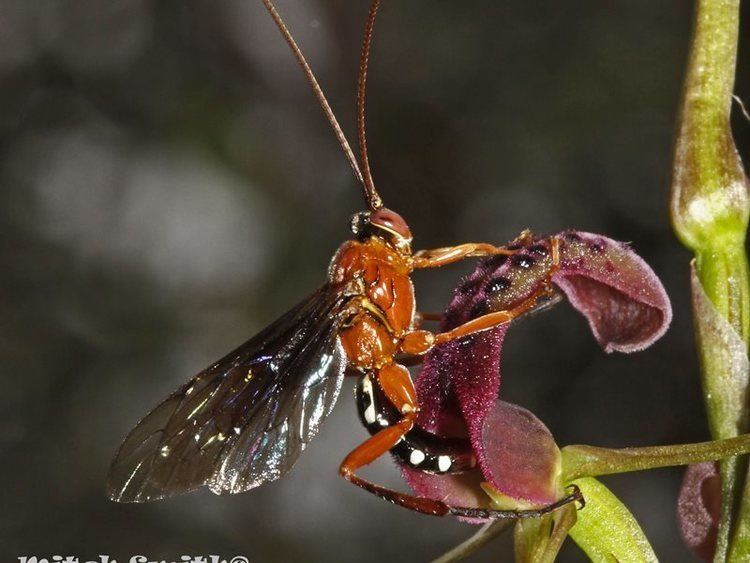
These orchids are single stemmed, either leafless or with one or more large leaves arising from the base of the stalk. The leaf undersides are often purple-hued, coloured with anthocyanin pigments. The flowers occur on racemes, with several found on one flower spike. The roots are rhizomatous, but lack any tuberous structures.
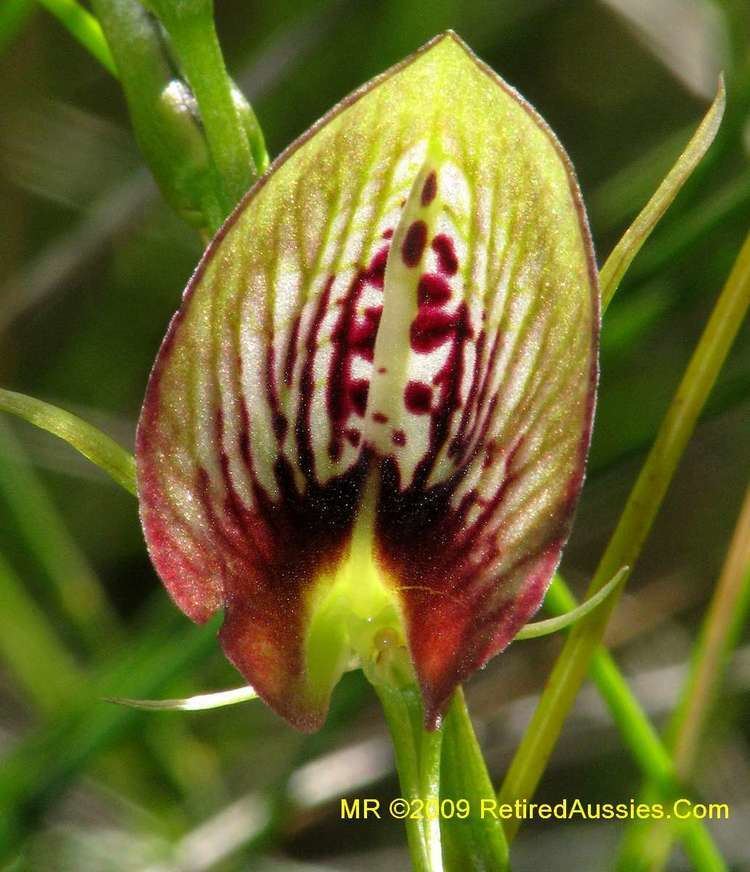
All Australian species are pollinated by the ichneumon wasp known as the orchid dupe wasp (Lissopimpla excelsa). The male wasp mistakes the flower parts for a female wasp and attempts to copulate with it. Although the different species can occur together, they appear to inhibit cross-fertilisation and no hybrids are found in nature. This discovery was made by Australian naturalist Edith Coleman in 1928, and the term coined was "pseudocopulation". The mimicking of flowers to resemble female wasp parts has since been recorded in other orchid genera. The flowers of Cryptostylis orchids and female wasp body parts are very similar in colour when viewed under a hymenopteran visual system, despite looking different to human eyes. Although the colours that ichneumon wasps see are unknown, bees and wasps have similar perception with green, blue and ultraviolet wavelengths.

The Cryptostylis orchids are unusual in that several species are pollinated by the same wasp species; other orchids which mimic insects are often species-specific. The flowers have no smell detectable to humans, but have been shown to have an odour which attracts the orchid dupe wasp. Furthermore, gas chromatography and electrophysiology show that the single active compound for pollinator attraction is found in different species of Cryptostylis.
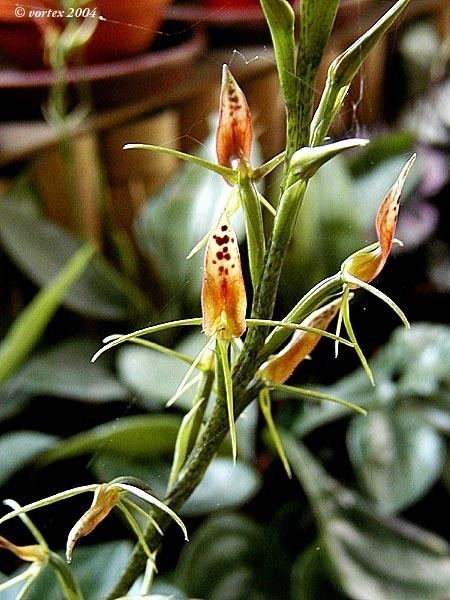
Caladan brood echoes of battle full album w bonus tracks
Species
Species currently accepted as of May 2014:
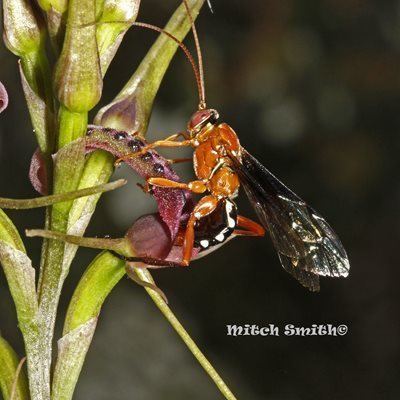
- Cryptostylis acutata J.J.Sm. - Java, Borneo, Sumatra
- Cryptostylis apiculata J.J.Sm. - New Guinea
- Cryptostylis arachnites (Blume) Hassk. in C.L.Blume - Guangdong, Guangxi, Taiwan, Cambodia, Assam, Indonesia, Laos, Malaysia, Myanmar, New Guinea, Philippines, Sri Lanka, Thailand, Laos, Myanmar, Vietnam, Andaman Islands, Solomon Islands, Fiji, New Caledonia, Samoa, Vanuatu
- Cryptostylis arfakensis J.J.Sm. - New Guinea
- Cryptostylis carinata J.J.Sm. - New Guinea
- Cryptostylis clemensii (Ames & C.Schweinf.) J.J.Sm. - Sabah
- Cryptostylis concava Schltr. - New Guinea
- Cryptostylis conspicua J.J.Sm. - Thailand, Malaysia, Java, Sumatra
- Cryptostylis erecta R.Br. - Queensland, New South Wales, Victoria
- Cryptostylis filiformis Blume - Java
- Cryptostylis gracilis Schltr. - New Guinea
- Cryptostylis hamadryas Schltr. - New Guinea
- Cryptostylis hunteriana Nicholls - Queensland, New South Wales, Victoria
- Cryptostylis javanica J.J.Sm. - Java
- Cryptostylis lancilabris Schltr. - New Guinea
- Cryptostylis leptochila F.Muell. ex Benth. - Queensland, New South Wales, Victoria, Tasmania
- Cryptostylis ligulata J.J.Sm. - New Guinea
- Cryptostylis maculata (J.J.Sm.) J.J.Sm. - New Guinea
- Cryptostylis ovata R.Br. - Western Australia
- Cryptostylis sigmoidea J.J.Sm. - New Guinea
- Cryptostylis sororia Schltr. - New Guinea
- Cryptostylis subulata (Labill.) Rchb.f. - Queensland, New South Wales, Victoria, Tasmania, South Australia, New Zealand North Island
- Cryptostylis taiwaniana Masam. - Taiwan, Philippines
